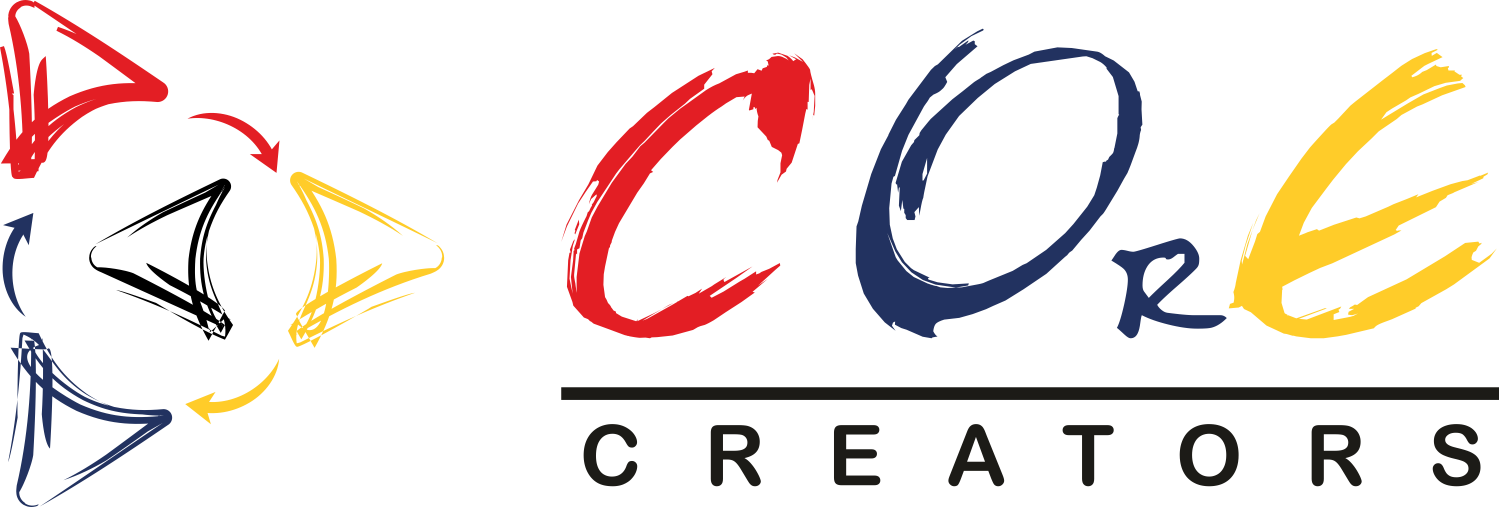This Fine Chemicals company is amongst the top 10 global aroma chemicals manufacturer today. Our relationship with them started in 2013 when there was a setback in one of their products and the organization suffered heavy losses. At that time, there was a need to create a sustainable solution and get the team’s ownership to systemically resolve the issue. That experience brought to surface the need to build a culture of accountability and performance. It also highlighted the need to enhance the level of openness in the organization and to develop people at the next levels of leadership, in order to ensure sustainable growth. This meant creating and embedding values that would enable a performance culture.
Over a period of time, as the organization grew, other needs emerged. In 2017, there was a need to create a shared set of aspirations for the next 3 years and ensure their pursuit with ownership. In 2020, the organization acquired a company based in UK. This brought in the complexity of two cultures. While the internal team was taking steps to integrate the two entities, it became imperative to enhance that pace and get higher ownership of both the teams towards some common goals. What both teams also realized was the need to establish a common set of values and aspirations over the next 3 years journey. At each of these stages and requirements, we partnered with the organization’s leadership team to co-create appropriate solutions.
Our Approach & Solution
Each phase and situation required a different approach to serve the required purpose. In 2013, the approach taken, was to co-create the hypotheses on what had led to the setback (without blaming any individual), test the hypotheses and the potential solutions for the same. Once that was done, the team once again co-created the solutions to prevent the repeat of such a setback. For the first time, the team experienced the power of co-creation and the power of different perspectives. Solutions emerged from the team. At the same time, as mentioned above, it created the need to build a culture of accountability across the organization.
At the same time, as mentioned above, it created the need to build a culture of accountability across the organization. This required co-creating the goals for each year, agreeing on the measures of success and accountability for each goal and measure of success. This was combined with reflective reviews twice in the year to get each individual and team to reflect on enablers and hindrances to results delivery, capture the learning from the experience and course correct. During the first year, the goals were very operational and there were challenges in meeting the goals. Over the next three years (2014-17), as the consistency in results improved, the team created a longer-term aspiration which was translated into annual goals. The other approach that we took was to facilitate action planning for key cross-functional goals that enhanced the probability of success on those goals.
For creating and embedding the Values, we co-created the Values with the leadership team (around 2016) that the team then internally cascaded to the rest of the organization. Once the Values were in practice for a couple of years, we created a bespoke diagnostic to assess the practice of Values and facilitated action planning thereafter to embed the Values further.
To address the need for developing people, we took a systemic approach. With the senior team, we co-created the competency framework that brought in clarity on the required competencies and their progression across different levels of responsibility in the organization. This was then cascaded by the internal team (as per agreed plan) to build a common understanding across all the people in the organization.
In 2021, post acquisition of the UK company, we facilitated a session between the two teams to arrive at the synergies of their strengths and the opportunities that they could leverage for pursuing collective growth. We also co-created the revised version of Values that would enable the team to pursue the identified opportunities. The cross-location teams took on accountability to work on the identified areas and to develop the do’s and don’ts for each of the identified Values. Once that was done, we designed and facilitated a pilot workshop to build a shared understanding of the Values and the internal team’s capability to cascade it further.
We continue to work with the client and are in the process of facilitating 3-year aspirations of the merged entity and co-creating the implementation roadmap for the same.
The Results
The partnering over the years has led to impact in several areas
- Financially, the turnover has more than doubled, profitability has grown consistently over 3 times.
- Some products now command close to 60% market share globally
- People productivity, in terms of revenue per employee has grown
On the qualitative front, the capabilities of the team across levels have gone up. This is reflected in the quality of the goals that the top leadership is now able to take on. They have moved from being largely operational to largely strategic as well as focused over long term. The culture has become far more open as multiple people have started contributing to growing the organization. Overall, the level of co-creation has gone up on various fronts.
Last, but not the least, the integration process with the acquired company has gained significant momentum and become even more streamlined.
